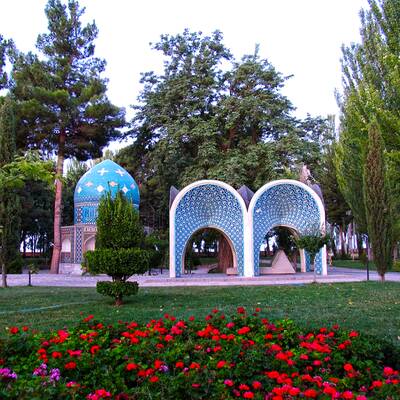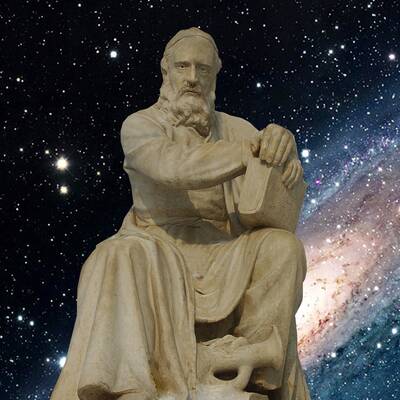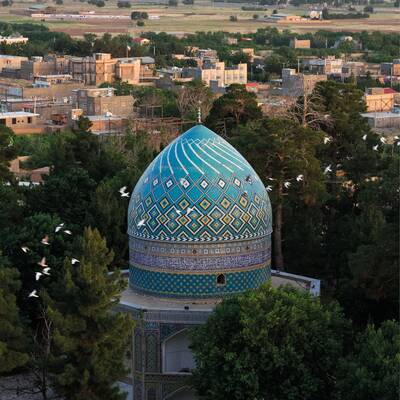Nishapur, city of turquoise, poetry and knowledge, is one of the counties located in Razavi Khorasan Province with a rich history. Nishapur was a significant city in old ages.
Nishapur, nowadays, is the second biggest city of the province. Tomb of Attar Nishapuri, the poet and mystic, who lives during 12th century, is one of the main attractions of the city.
The tomb is built during the reign of Timurid dynasty. In Qajar era, during the reign of Mohammad Ali Shah Qajar, the governor of Khorasan was going to build another tomb instead, but unfavorable circumstances of the country convinced him to stop. After Qajar dynasty, during Pahlavi era, in the reign of the second king of Pahlavi dynasty, the tomb was restored completely in the format that still remains. In 1990s another restoration mission accomplished. Tomb of Attar was registered as a national heritage, too.
Tomb of Attar is located between a green and pleasing garden. Kamal-Al-Molk tomb, the famous Persian painter, is also next to the Tomb of Attar. Kamal-Al-Molk tomb is one of the iconic modern buildings of Iran, designed by Houshang Seyhoon. The considerable point is the harmony of these tombs which are complementary. It seems they are the parts of a complex not two separated buildings. The tomb of Parviz Meshkatian, contemporary composer, musician and one of the masters of Persian Music, is next to the tomb of Attar.
Tomb of Attar is located about 10 km far from Nishapur city in the road to Mashhad, Erfan Street. Tomb of Ommar Khayam, the great poet who lived during 11th century is also located outskirt. So by a short travel to Nishapur you can visit the tomb of many Iranian historical figures. The 25th day of the first month of Persian Calendar is Attar Memorial Day, and every year a ceremony is held.
The appellation of Attar is because of his profession. He was an herbalist and healed people by his prescriptions. There are some narratives about the death of Attar, it seems he must be killed during the Mongols invasion. Some narratives claim he was killed by Mongols near the gate of Nishapur and all of his writings were burnt after looting Nishapur.






